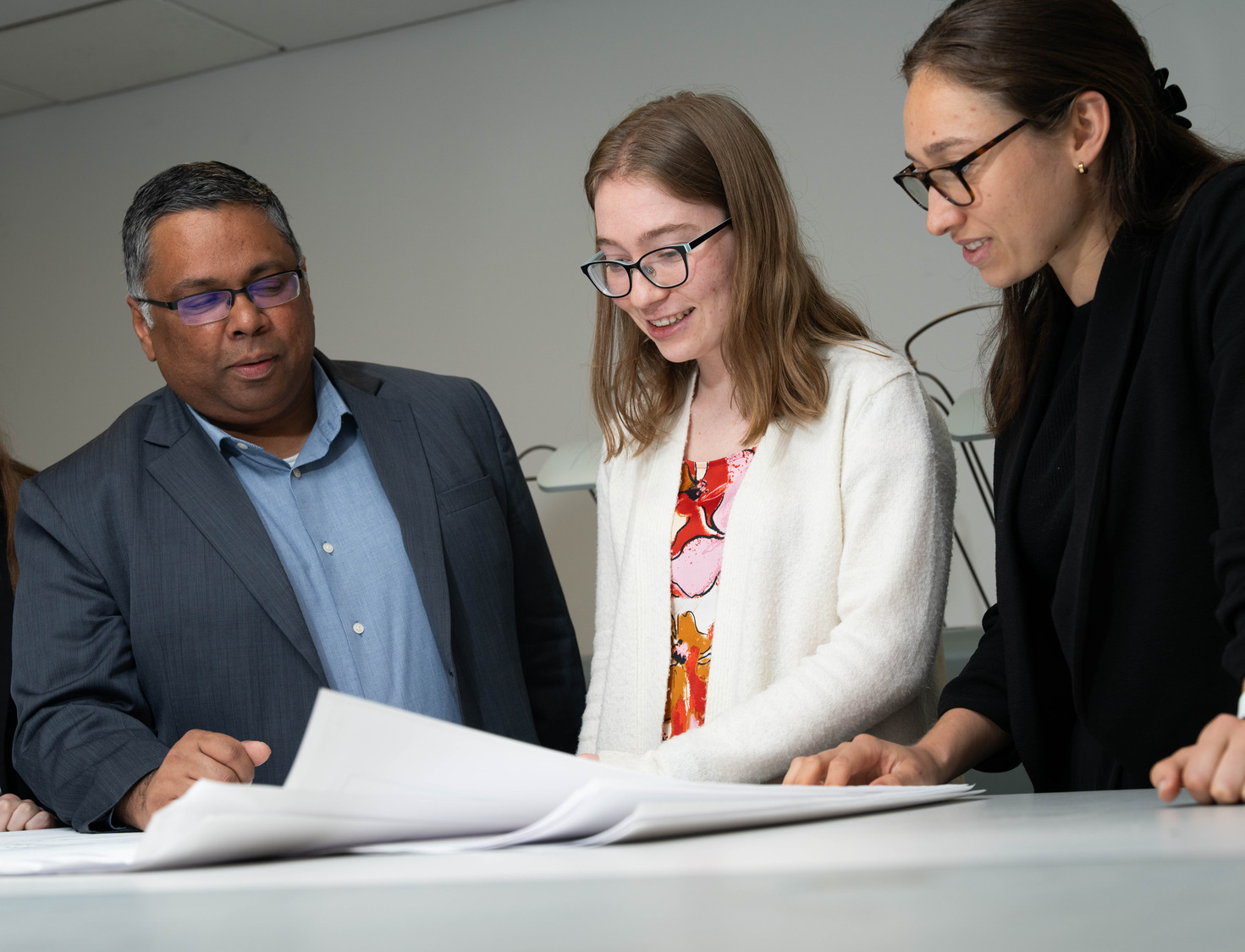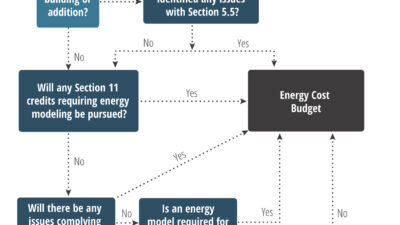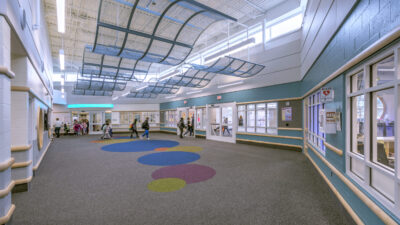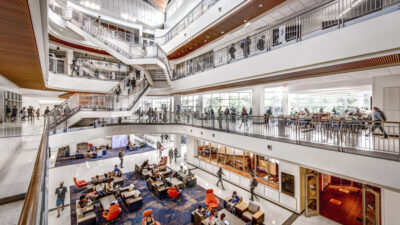State and local governments are leading the way as major metropolitan areas adopt green building criteria as policy to mitigate the built environment’s impact on climate change.
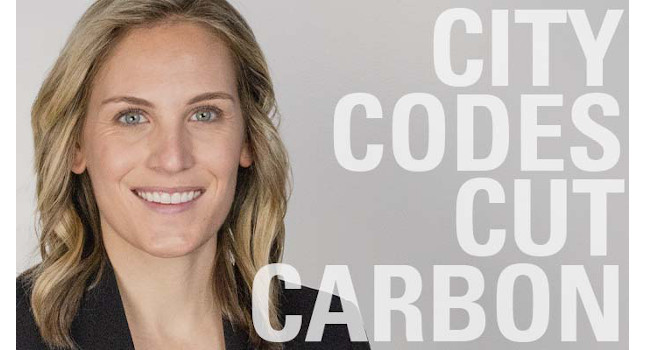
Green building strategies are becoming a central focus of traditional building codes. Many new regulations are addressing the categories of energy efficiency, indoor environmental quality, renewables, resource conservation, and more. From coast to coast, new strategies to become carbon neutral are going into effect:
New York City: Local Law 97
In New York City, buildings reportedly account for two-thirds of greenhouse gasses. In April 2019, former Mayor Bill de Blasio pushed passage of the Climate Mobilization Act—part of the city’s plan for a “Green New Deal.” Local Law 97 impacts most new and existing buildings over 25,000 sf and will require building owners and operators to meet new energy efficiency and greenhouse emissions limits by 2024. With some exceptions, the law generally covers:
- Buildings larger than 25,000 gross sf
- Two or more buildings on the same tax lot that combined exceed 50,000 sf
- Two or more buildings owned by a condo association and governed by the same board of managers that together total more than 50,000 sf
The burden of compliance goes to the owners of these structures. However, tenants should also be aware of the potential impact Local Law 97 can have on future lease negotiations. Especially for multi-tenant buildings, conversations with current or prospective landlords should include specific questions and answers during term sheet negotiations, including:
- Have there been any efficiency audits conducted by the building owner/operator to assess building systems?
- What steps are being taken to address Local Law 97 requirements?
- Will the cost of compliance be passed on to tenants through rent increases or other provisions?
- What green lease provisions (if any) are included in the landlord’s contract?
Tenants should pay particular attention to operating expense provisions in leases to avoid the pass-through of specific expenses to the occupant. Working together, however, building owners and tenants should be able to address concerns while pursuing the goal to cut emissions by New York’s largest buildings by 40% by 2030 and 80% by 2050. More information on emissions limits as well as buildings exempt from the New York law can be found at the Department of Buildings (DOB) Greenhouse Gas Emission Reporting website.
Denver: The Denver Green Code
The Mile-High City is living up to its sobriquet with high standards for achieving sustainability. The city has a goal to reduce greenhouse gas emissions by 90% by 2050. To hit that target, Denver must find ways to eliminate 100 million tons of carbon emissions annually. Building code guides target facility owners to cover 70% of their roofs with solar panels, or source renewable electricity offsite if building location limits solar panel energy generation.
In addition to new requirements, Denver is encouraging building owners to go above and beyond the minimum. In November 2019, the city launched the Denver Green Code—a voluntary set of guidelines for pilot projects that is based on the International Green Construction Code and is 10% better than existing city codes. Advantages to adopting the Denver Green Code include expedited permitting of projects. LEED Platinum buildings and net zero energy buildings are compliance options within this initiative.
San Francisco: CALGreen/SFGBC
The California Green Building Code (CALGreen) sets building regulations to optimize environmental preservation. The combination of CALGreen and local requirements is referred to as the San Francisco Green Building Code (SFGBC). SFGBC is regularly updated to maintain alignment with California Green Building Standards Code, and to adopt stricter local requirements, such as: :
- All-electric new construction
- Install solar electric, thermal, or green roof for all new buildings 10 floors in height or less
- Provide on-site facilities for collection and conveyance of compost, in addition to recycling
- Wire buildings to be capable of supplying electricity for electric vehicle charging at 100% of new parking spaces
- Meet city green building requirements tied to the LEED and GreenPoint Rated green building rating systems
The California Building Standards Commission (CBSC) also has the authority to propose CALGreen standards for “nonresidential structures that include new buildings or portions of new buildings, additions and alterations, and all occupancies where no other state agency has the authority to adopt green building standards applicable to those occupancies.”
Other cities looking to follow
While major metropolitan areas are leading the way, other areas are also adopting new green technology methods. Just as electric cars and residential solar are becoming commonplace, so too are the sustainable building methods and certifications such as LEED, FitWel and the WELL Health-Safety Rating surging within the construction industry. Major cities may be setting the pace, but the rest of the nation seems to be joining the effort for a cleaner, more efficient built environment. For these efforts to be successful, it will require the partnership of building owners, operators, and occupants to work together to meet these challenges while the engineering design and construction industries continue to push for a greener future.
This article originally appeared on ESD Global’s website. ESD Global is a CFE Media content partner.

